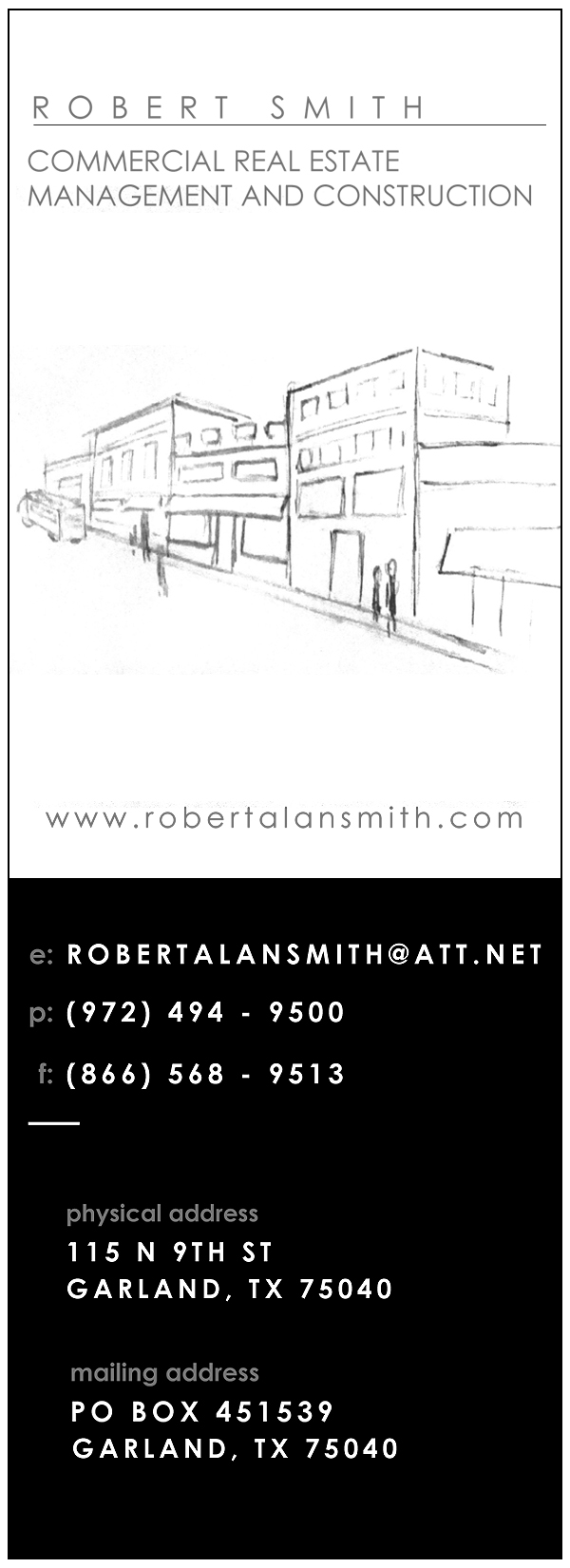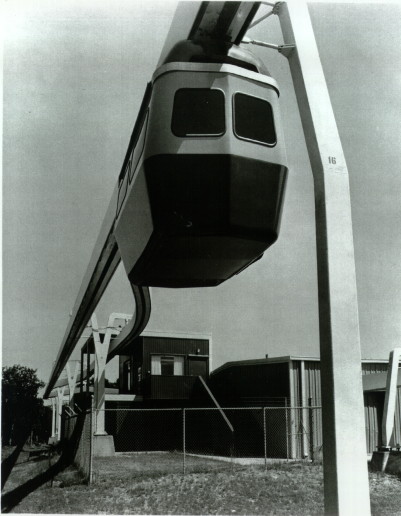This article originally appeared in the Garland/Mesquite section of The Dallas Morning News on November 3,1995.
By Michael R. Hayslip
In the late l960s the management of Garland’s Varo Inc., was up in the air about specialized rapid transit needs.
Heavily involved in defense contracting for all of its corporate life, Varo’s leadership wanted to diversify their product mix. Among their considerations was the possibility of developing and manufacturing a world-class rapid transit system, whose components would utilize some of the company’s existing strengths. They believed that they could successfully market a concept--monorail--whose time had already come.
As ombudsman for the project Varo recruited E. O. Haltom, who had promoted the monorail idea for several years, but lacked the manufacturing capability to complete a system. Haltom worked alongside W. J. “Joe” Holt, the Varo vice president in charge of research to assemble a development team. Together they refined the “Monocab” concept for a weatherproof installation so versatile that it could automatically run not only between, but also inside of buildings. Varo president Jack Smith romanced the press with the term “elevator.”
Varo’s first serious prospect was the Dallas-Ft. Worth Regional Airport, but officials there were skeptical of a bidder with no prototype for an example. Undaunted, the Garland Monocab team staked out a spot on the company’s 150-acre Walnut Street campus and built a model in less than 30 days. The overhead rail was a single section which began at a loading station and terminated in mid-air 50 feet away, where a ladder was available in case of emergency.
With a $1 million grant from the U. S. Department of Transportation, the Airport Authority funded two $350,000 development studies. Varo, which had now been joined by the E-Systems predecessor LTV, received one of the study awards for an overhead monorail system. The other award went to a company whose vehicles crawled on the ground.
Near the first model, the Varo/LTV team erected a full-scale, closed-loop example of their system, now officially trademarked ”Stratoline.”
But in 1971, when the smoke cleared from the bid opening, both bids had been thrown out as too high. Unable to continue the uphill battle, Varo withdrew to lick its wounds. LTV, however, pursued the contract on its own and eventually won the airport contract with a proposal for automated four-wheel vehicles, which still operate today.
Varo then sold its Monocab Division to Rohr Industries, Inc. of Chula Vista, California. Rohr, which had completed metropolitan transit systems in San Francisco and Washington, D.C., operated the Monocab Division on its original Garland site until 1974, then transferred it to California. Holt, who was and still remains committed to the monorail concept, left Varo with the division to join Rohr as vice president.
After several unsuccessful attempts at other installations, Rohr later shelved the transportation effort to concentrate on other lines. Holt moved on to the Department of Transportation in Washington, D. C. After acquisition by Imo Industries in the late ‘80s, Varo, Inc. became Varo/Imo. LTV evolved into the present E-Systems.
Photos courtesy W. J. Holt.
Varo Inc.’s Monocab, conceived in the late ‘60s as a light, single-rail, overhead, weatherproof public transportation system, functioned as a “horizontal elevator.”


